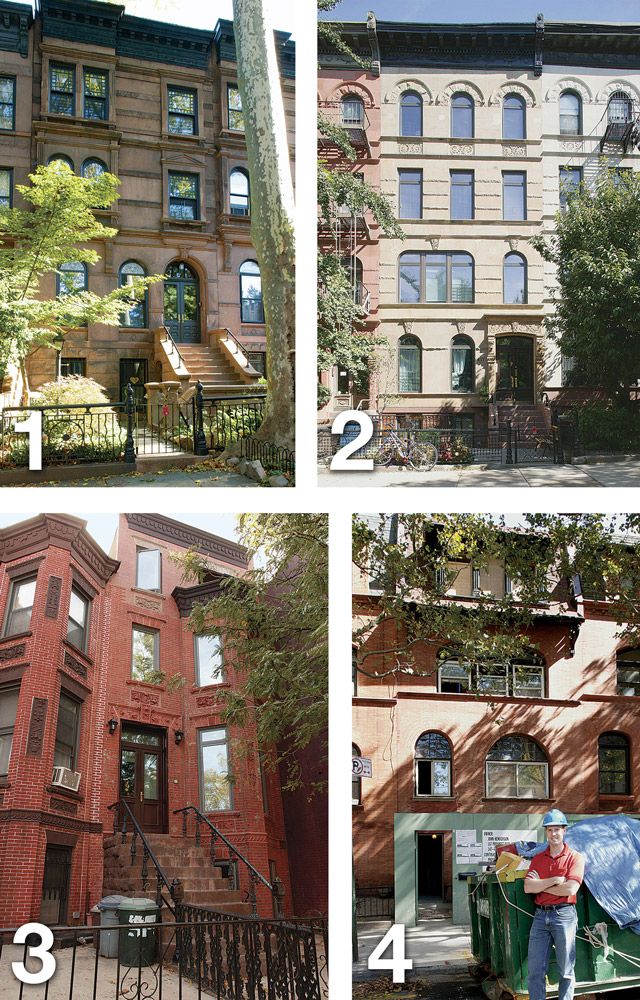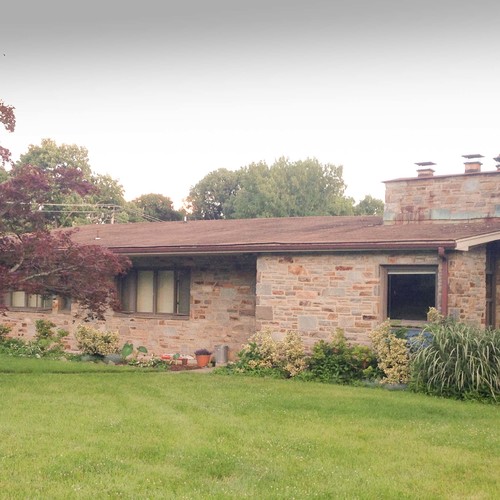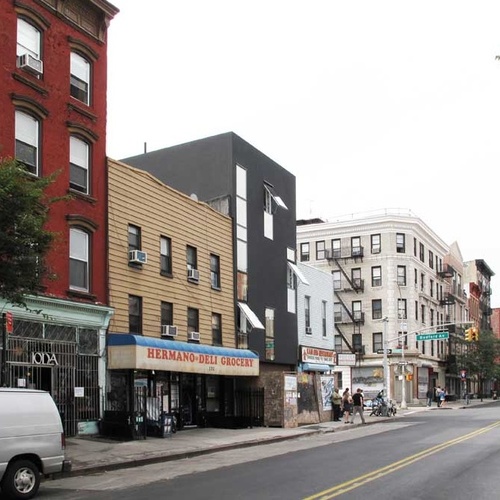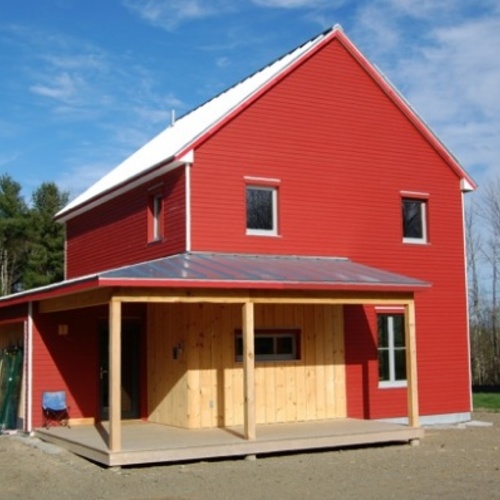
Image Credit: Rob Yagid
When my wife and I struck out on our own in 2005 to create our two companies, Prospect Architecture and Prospect Development & Construction, we wanted to lead the way in sustainable design and construction in New York City. Like many new firms, we rode the leading trends: LEED accreditation, recycled products, water conservation, energy efficiency, and local sourcing of products and services whenever possible. Carla and I approached our clients with the idea that building sustainably was not a choice—it was simply the way we worked.
Despite all this effort, the idea of game-changing sustainable construction still seemed out of reach. Then in 2008, I read an article about Passive House construction that talked about reducing heating costs by 90% over typical construction. By the end of the article, I was hooked on the idea.
The timing coincided with a project we were just starting: a renovation of a 120-year-old brownstone in the Park Slope neighborhood of Brooklyn. With approval from our client, we hired David White of Right Environments—one of only three people then certified as Passive House consultants in New York—to help guide us through the process.
In looking for a precedent to help us along the way, David and I discovered that nowhere in the world was there a published interior renovation of a historic building to Passive House standards.
While the idea of Passive House is simple to understand, designing a Passive House takes know-how and effort, and constructing one takes attention to detail and constant quality checks. The challenges we faced during the renovation of this house were many: historic-preservation regulations, codes that lagged behind technologies, consultants struggling with design parameters, and contractors unable to implement Passive House techniques cost-effectively and on time.
Now, almost four years later, we’ve completed three…
Weekly Newsletter
Get building science and energy efficiency advice, plus special offers, in your inbox.

This article is only available to GBA Prime Members
Sign up for a free trial and get instant access to this article as well as GBA’s complete library of premium articles and construction details.
Start Free TrialAlready a member? Log in















0 Comments
Log in or become a member to post a comment.
Sign up Log in